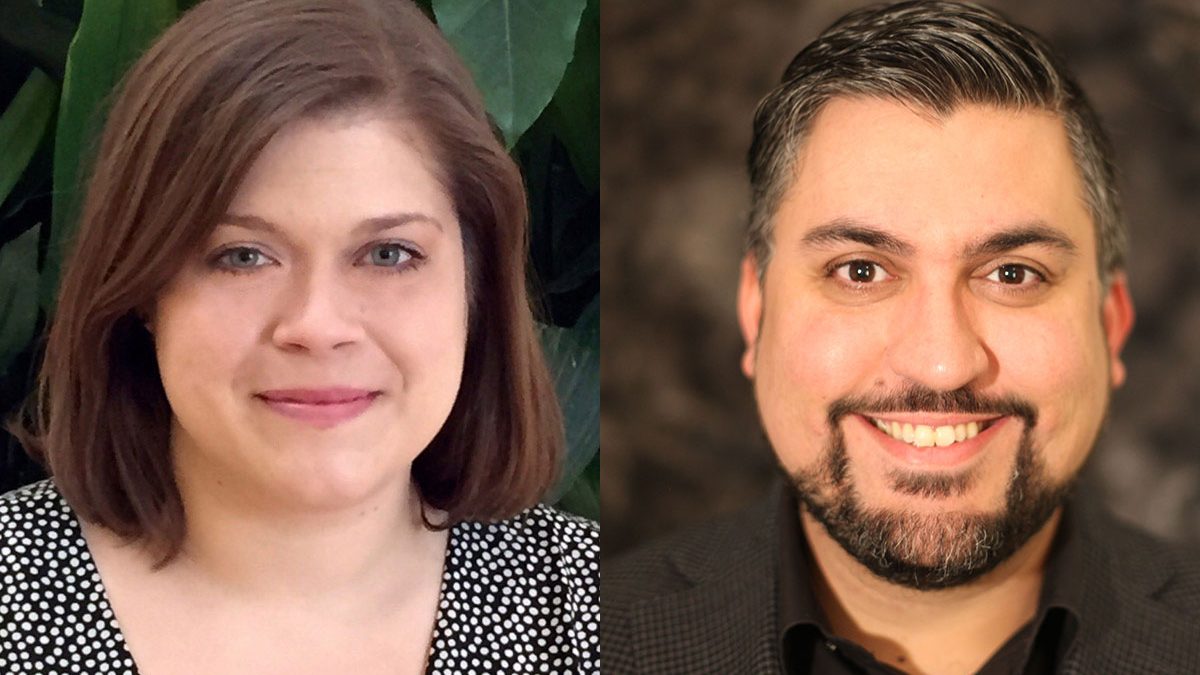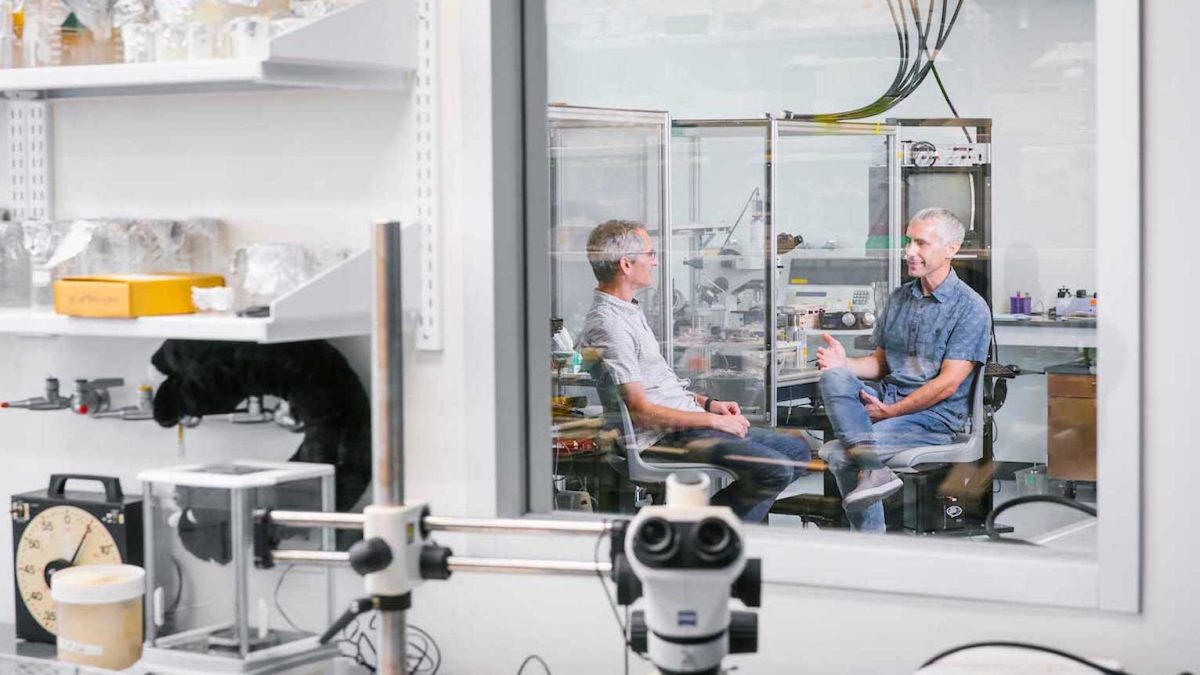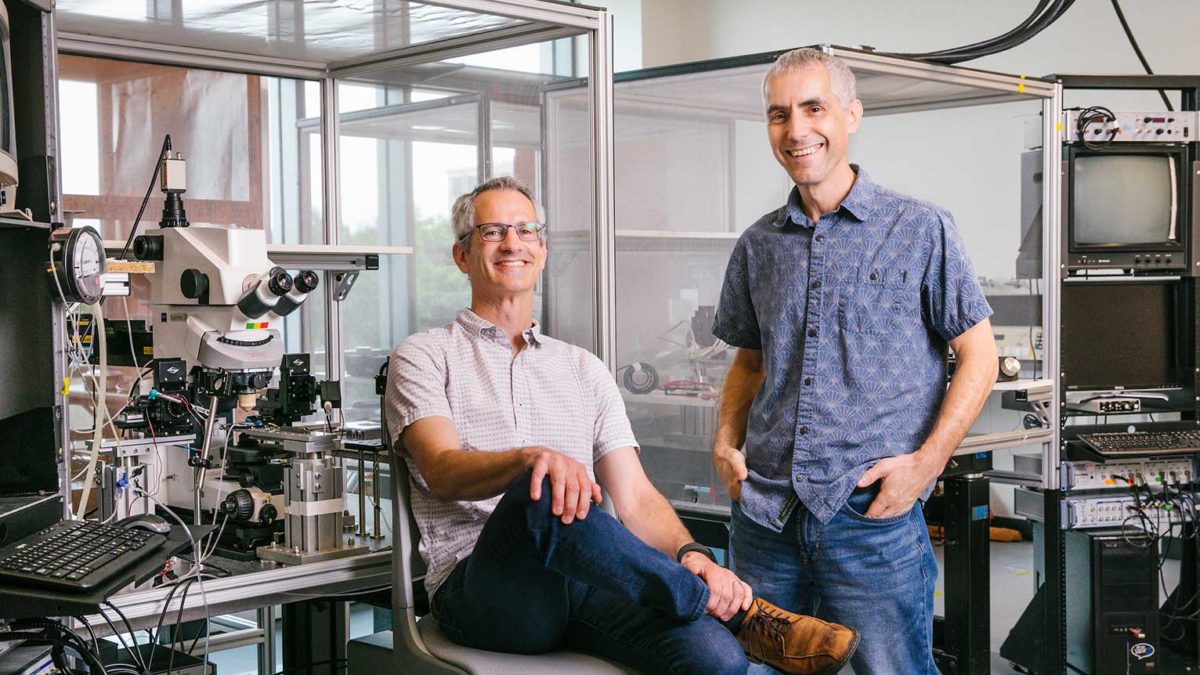Collaboration leads to early identification
Published on May 26, 2020The potential to identify autism in infancy

The potential to identify autism in infancy
With 36 years of autism research under his belt and with the help of new technologies, Joseph Piven, M.D. — distinguished professor of psychiatry and pediatrics and director of the Carolina Institute for Developmental Disabilities — has made significant headway in identifying signs of autism in infants.
The incredible implications of Piven’s research have been noticed within the Carolina and autism research communities and beyond, including by the national media. Most recently, an article about his work in early diagnosis was published in the May 2020 edition ofNational Geographic.
“Autism is understood to be a heritable condition, but that information hasn’t really been put to use until recently,” said Piven. “Babies who have older siblings with autism are 20 times more likely to have autism than the average person. With this in mind, autism researchers started studying infants with autistic siblings and watching them develop.”
Most children are not able to be diagnosed with autism until they are at least two years old. In conducting brain MRI scans on infants at 6, 12 and 24 months of age who had older siblings with autism, Piven and his team were able to make observations about their early brain development during this time.
“We were looking at the brain scan data [in babies who have siblings with autism] and what became obvious was that these babies had brain changes that were related to autism that appeared before diagnosis,” said Piven. “The brains in children who go on to develop autism grow too big, which we were able to relate to the expanded surface of the brain in the first years of the babies’ lives.”
In applying this research, Piven and his team are able to correctly predict, 8 times out of 10, which infants will go on to meet criteria for autism at 2 years of age. This shows significant promise that experts may be able to replicate this proof of principle and identify those at highest risk for autism at an age before the defining symptoms of autism coalesce into a diagnosable syndrome. This early identification would allow for intervention efforts to be implemented to ameliorate the condition, which would substantially impact the child’s quality of life.
This research is absolutely extraordinary and will likely alter the course of autism diagnoses in the years to come. Piven credits his research success to the high level of expertise across a wide range of fields at Carolina.
“We are able to take advantage of some incredibly strong researchers at Carolina,” said Piven. “For example, the work done by computer scientist Martin Styner and genetics expert Jason Stein has directly enhanced our studies. Our research goes from behavioral assessments to brain imaging, to measurements of underlying biology, to working with computer science, and more — it truly is an interdisciplinary field.”
The convergent science approach of research throughout the Carolina community, combined with the devotion of experts like Piven, makes interdisciplinary studies possible and life-altering results a reality.
If you have a subscription, we encourage you to check out the article about Piven’s research,“This discovery could help doctors detect autism earlier,”Opens in new windowin the May 2020 edition ofNational Geographic.




